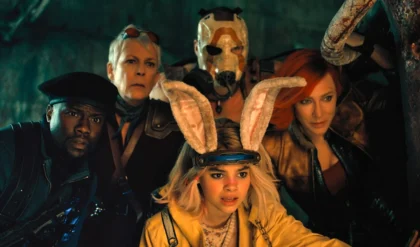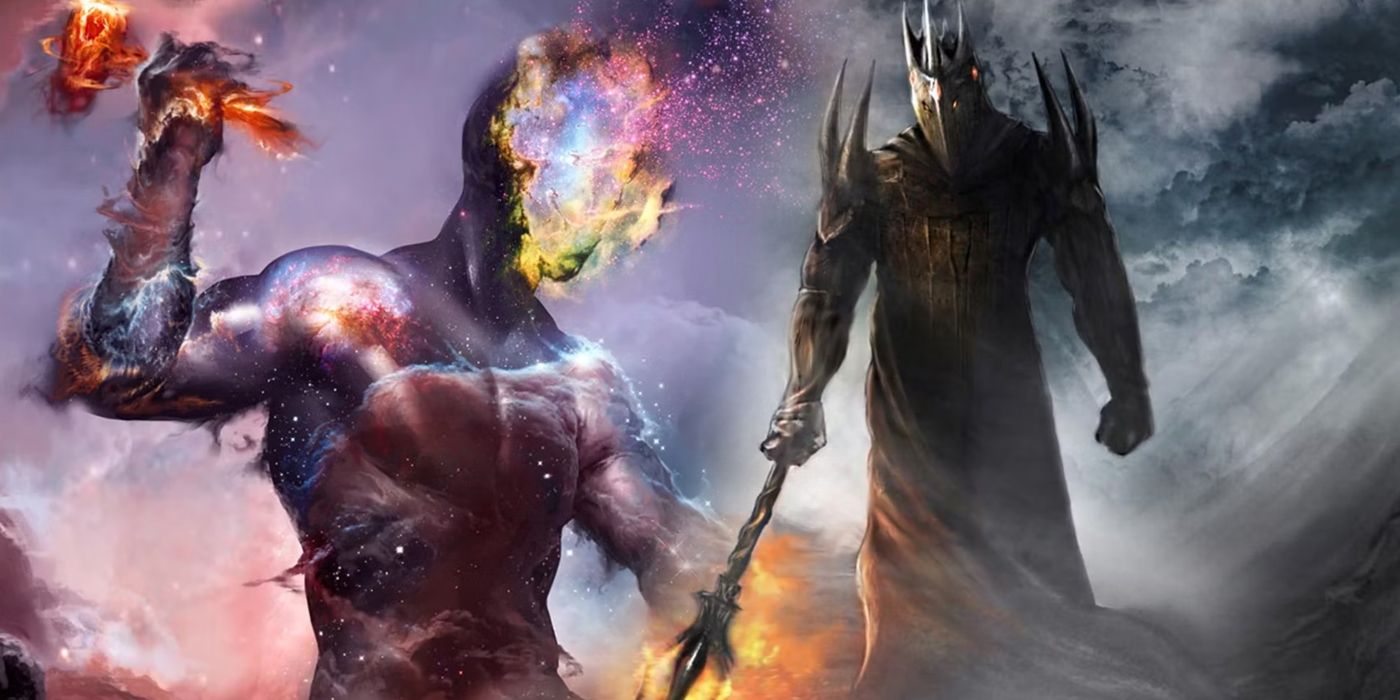
The King and Queen of the Valar were Manwë and Varda, respectively. Manwë was the most powerful Vala, not counting Melkor/Morgoth. As the Vala of wind and the sky, Manwë created the Great Eagles that appeared in The Hobbit and The Lord of the Rings. He was the “dearest to Ilúvatar” and often acted as a messenger between Ilúvatar and the other Valar. Manwë’s wife Varda was the Vala of light and stars. Varda was especially important to the Elves since stars played a large part in their cultures. Manwë and Varda’s love for one another was so strong that they made each other more powerful. When they were together, Manwë could see “further than all other eyes,” and Varda could hear “more clearly than all other ears.”
Updated on September 30, 2024, by Ajay Aravind: Talk of the Valar has all but disappeared at the end of the Third Age in Middle-earth. Only the Elves and a few others know that they exist, let alone how much they helped shape the world. Now that the Valar were mentioned in a recent Rings of Powers episode, it’s a good time to understand what they are exactly. As such, we have updated this article with some more relevant information.
The Divine Origins of the Valar
They Were Created by Eru Ilúvatar
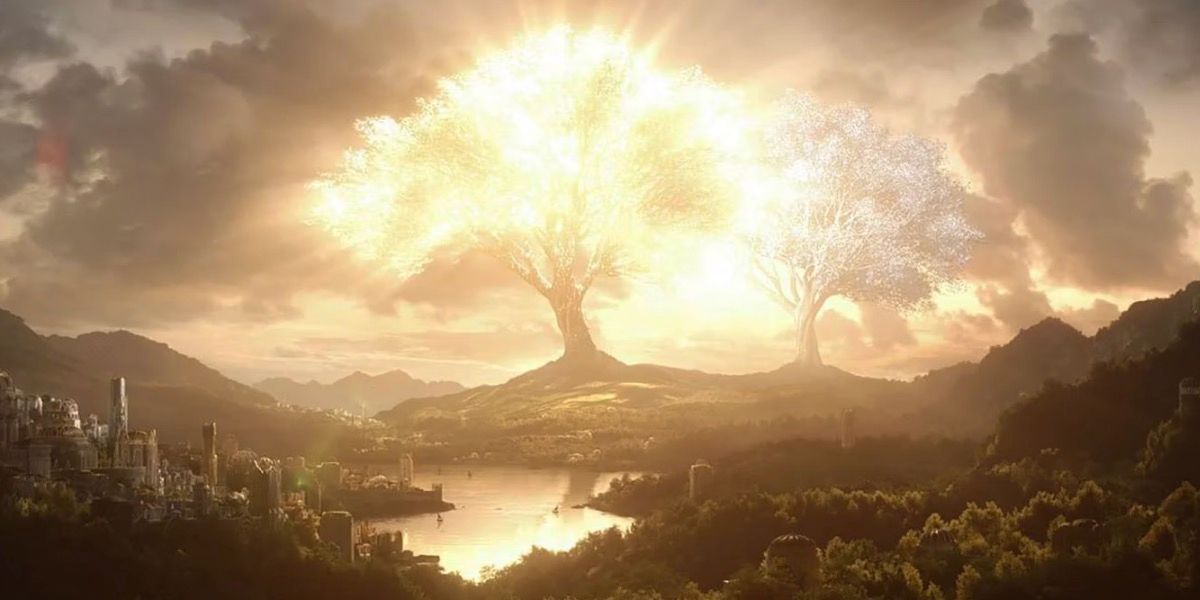
And therefore they are named the Valar, the Powers of the World.
— The Silmarillion by J.R.R. Tolkien
Middle-earth was created by the Valar themselves, having been entrusted the task by their own creator. Known as Eru Ilúvatar, this unknown entity resides in the Timeless Halls and wields the equally mysterious Flame Imperishable. Eru initially created the Ainur, countless angelic beings without any defined purpose. The Ainur included all the Valar and Maiar in Tolkien’s mythos, but they only got those names after participating in the Great Music that resulted in the formation of the Universe: Eä.
Novel Title
The Silmarillion
Author
J. R. R. Tolkien
Editor
Christopher Tolkien
Year of Publication
1977
Several Ainur chose to enter Eä and shaped the world known as Arda, of which Middle-earth is but one continent. Upon their descent, the strongest of the Ainur became the Valar, whereas the weaker ones were called Maiar. Both the Valar and the Maiar were divine beings without an actual body, explaining why they molded their appearances after the Children of Ilúvatar. For eons, the Valar toiled to make Arda suitable for Elves and Men, while simultaneously dealing with Morgoth’s attempts to unmake their hard labor. That said, not even the heavenly Valar knew what Eru Ilúvatar had in store for the end of days.
Valar Played Pivotal Roles in Middle-earth’s History
They Shaped the World for the Coming of Elves and Men
Aulë and Yavanna were some of the most important Valar, as Tolkien dedicated an entire section of The Silmarillion to them. Aulë was the Vala of crafting and forging, and he created the Dwarves of the Lord of the Rings universe. Two of his disciples, Sauron and Saruman, went on to become the villains of The Lord of the Rings. Aulë was a good-natured Vala, but Tolkien believed that the act of creation led to pride, so his students were susceptible to corruption. Aulë’s wife Yavanna was the Vala of plants and was responsible for Laurelin and Telperion, the Two Trees. She told Manwë that she was worried the inhabitants of Middle-earth would destroy her forests. Manwë raised this concern to Ilúvatar, who responded by revealing the Ents, guardians of the trees. Aulë and Yavanna also worked together to create the Sun and the Moon. Yavanna salvaged a golden fruit and silver flower from the magical Two Trees that Morgoth destroyed, and Aulë created vessels to carry them across the sky.
Valar
Realm
Manwë Súlimo
Sky & Wind
Varda Elentári
The Stars
Ulmo
The Sea
Nienna
Pity & Mercy
Aulë
Smithing
Yavanna
Plant Life
Oromë
Hunting
Vána
Flora/Fauna
Mandos
Judgment
Vairë
Time
Irmo
Dreams
Estë
Healing
Tulkas
Strength
Nessa
Dance
Namo, better known as Mandos, was the Vala of death and judgment. He summoned the spirits of the dead to the Halls of Mandos, from which he gained his moniker, and issued punishments to those who acted against the Valar. For example, Mandos cursed the Noldor clan of Elves as punishment for the Kinslaying, a devastating event in which they attacked the Teleri clan of Elves to steal their ships. Mandos was an imposing and unwavering figure, but he was not without mercy; he gave the lovers Beren and Lúthien a second chance at life after the latter recounted their tragic tale to him. Mandos’ wife Vairë was the Vala of time and storytelling. She decorated the Halls of Mandos with tapestries that recorded all events of the past, but Tolkien wrote little else about her.
The Peoples of Middle-earth Revered the Valar
The Faithful of Númenor Included Elendil and Míriel
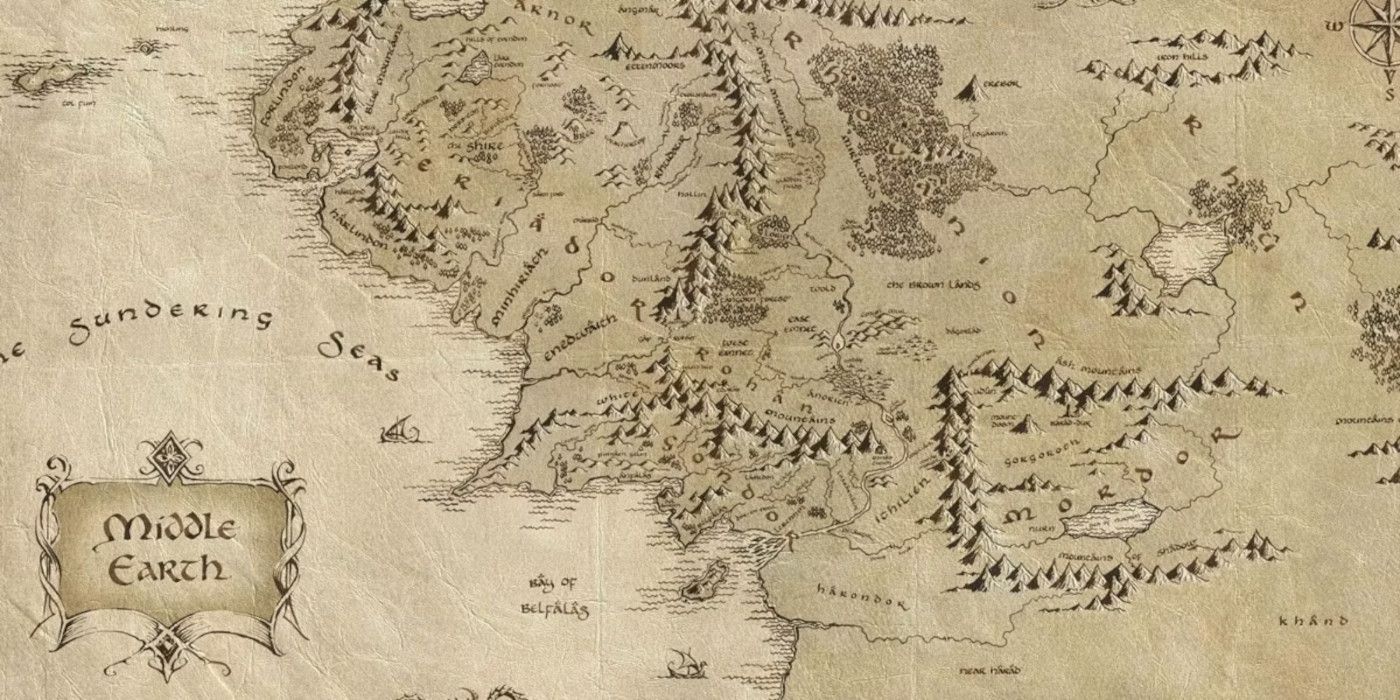
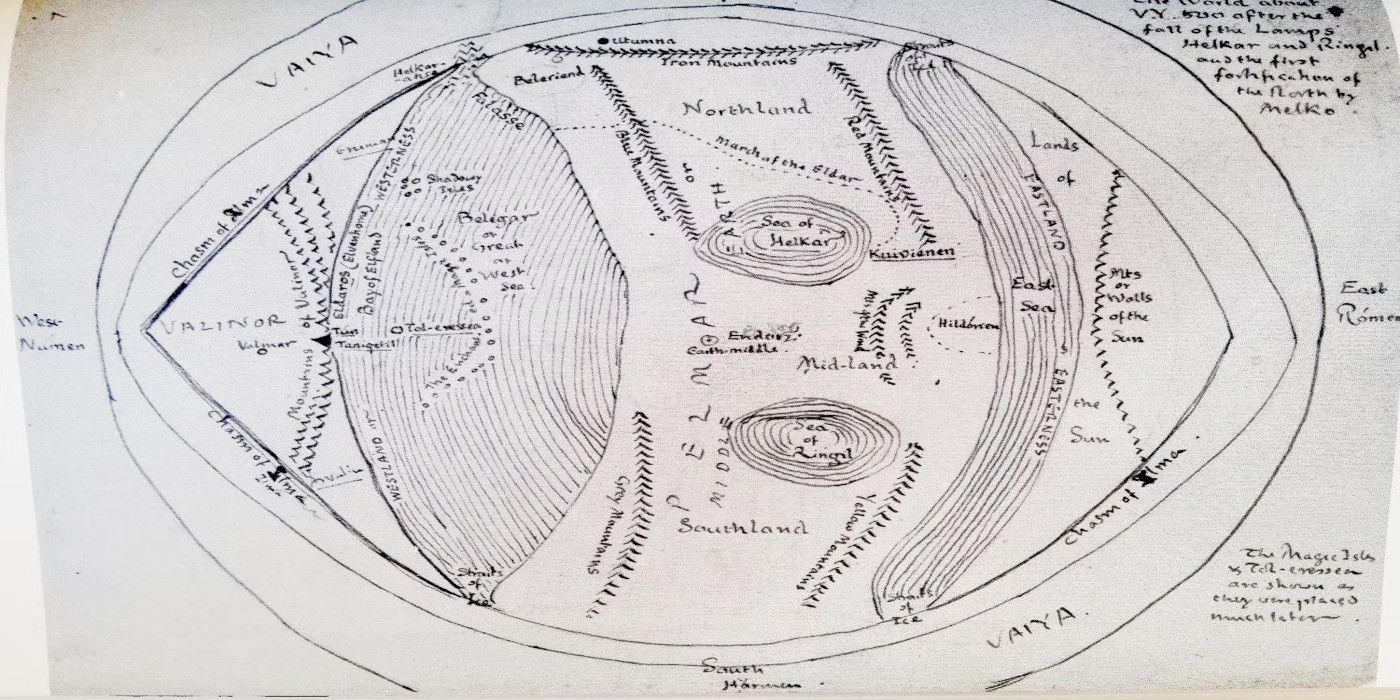
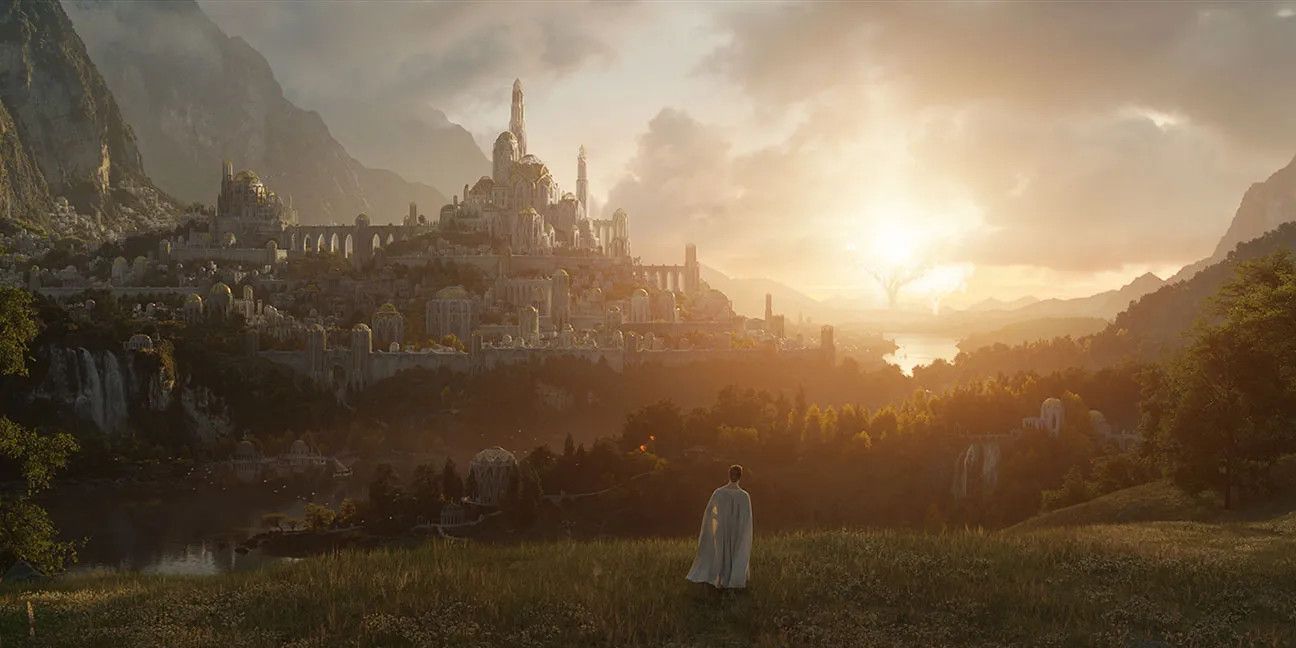



Irmo, better known as Lórien, was the Vala of dreams and visions, and he was the brother of Mandos. Like Mandos, his more common name came from his abode, a beautiful garden. He and his brother were the Fëanturi, meaning “masters of spirits,” as many spirits inhabited their homes. In Mandos, these were the spirits of the dead, but in Lórien, these were fellow divine spirits like Maiar.
Manwë had much in common with Zeus from Greek mythology: both ruled over the sky, both were the kings of their pantheons and both had associations with eagles.
Tolkien described Varda as the most beautiful Vala.
Frodo used Varda’s name to deter the Witch King of Angmar at Weathertop.
The Galadhrim Elves named the realm of Lothlórien in Lórien’s honor, and the Lady of Lothlórien, Galadriel, was skilled in his domain of prophecy. Irmo’s wife Estë was the Vala of healing. Both the Valar and the Elves of Valinor came to Lórien to restore their bodies and minds. Part of this healing process involved drinking from the blessed fountains of Lórien.
While most of the Valar embodied elements or emotions, two of them held dominion over physical attributes. Tulkas was the Vala of strength, and he was the best fighter among the Valar. When the Valar first formed Middle-earth, Morgoth destroyed and sabotaged their creations. This conflict — the First War — ended when Tulkas arrived and forced Morgoth to retreat.
A! Elbereth Gilthoniel!
silivren penna míriel
o menel aglar elenath,
Gilthoniel, A! Elbereth!
We still remember, we who dwell
In this far land beneath the trees
The starlight on the Western Seas.
—Elvish hymn to Varda in The Return of the King by J.R.R. Tolkien
He was so mighty that he did not need to use any weapons, and his stamina was so great that he did not need to ride a steed. Despite his warlike nature, Tulkas was not angry or bloodthirsty; he enjoyed combat as a sport, and little could dampen his spirits. Nessa was the Vala of speed. She was even more lighthearted and carefree than her husband Tulkas. She loved to dance and run across the plains with deer. Like Vairë, Tolkien wrote little about her.
Even the Valar Faced Grave Challenges
Their Greatest Enemy Was Morgoth, The First of the Valar
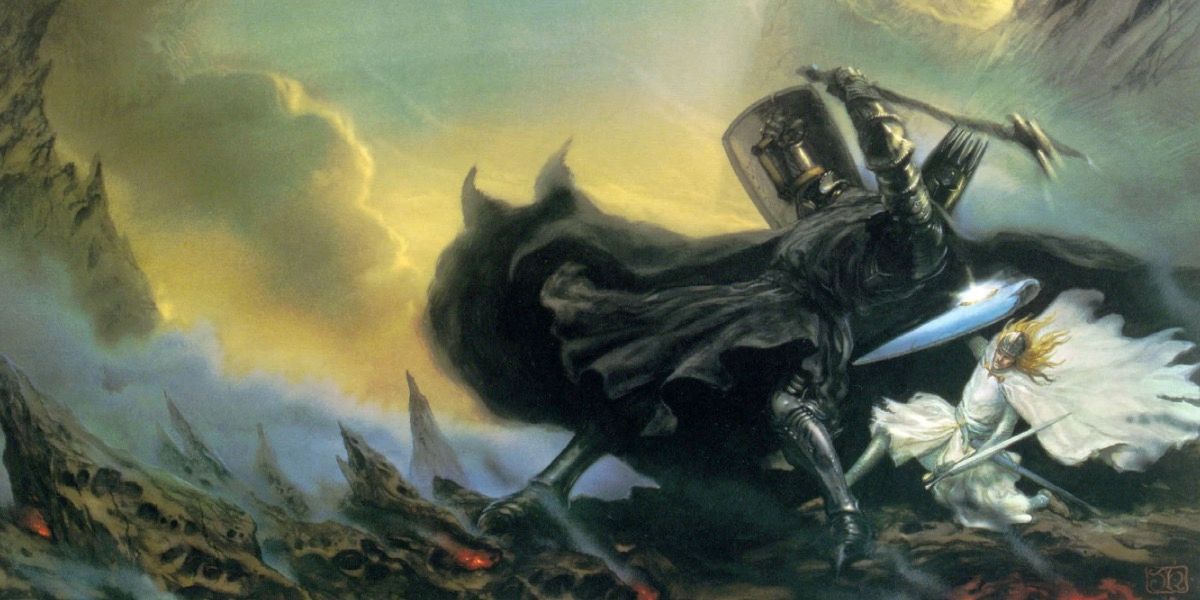
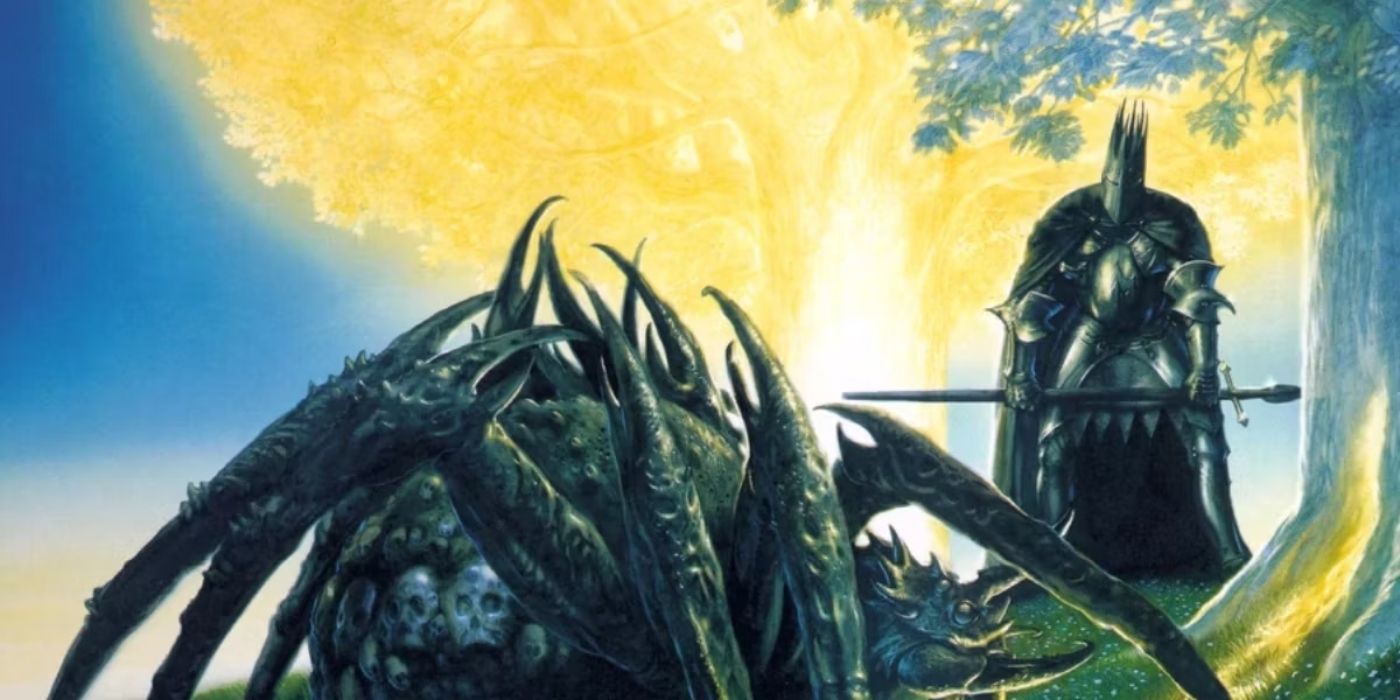
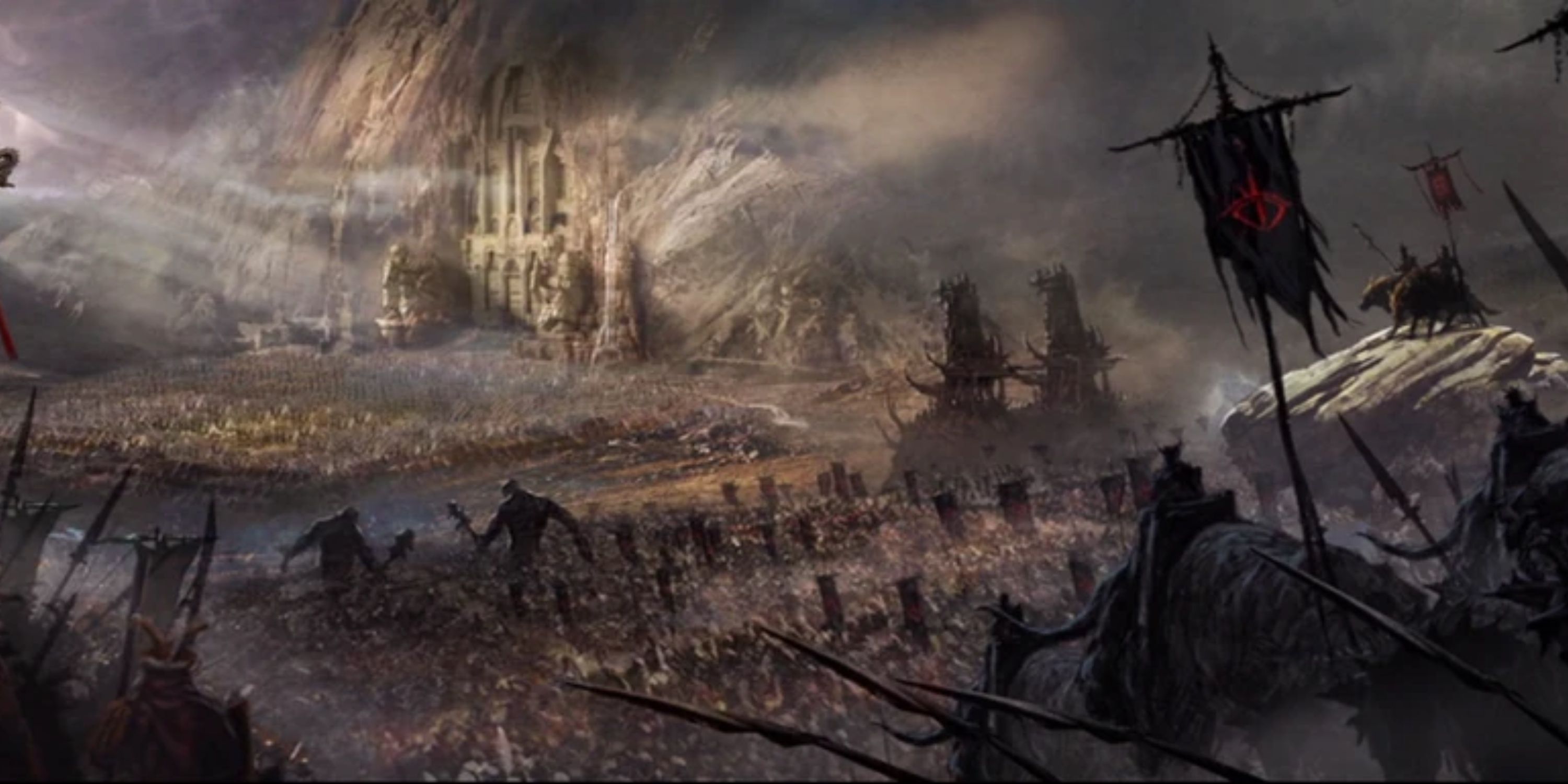
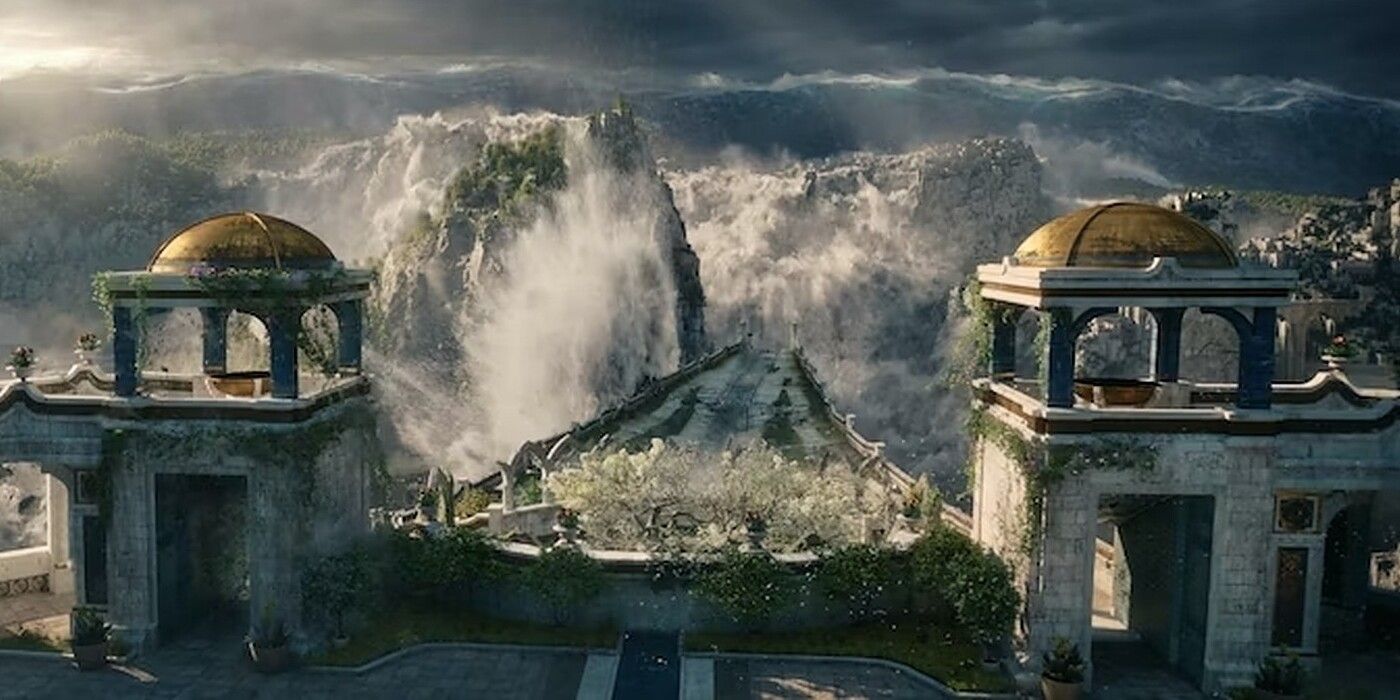




Oromë was the Vala of beasts and hunting, and he was the brother of Nessa. Oromë was one of the few Valar who regularly returned to Middle-earth during Morgoth’s reign so that he could slay the evil monsters residing there. Though he was not as physically strong as Tulkas, he was aggressive and relentless, striking fear into the hearts of the Valar’s enemies. Oromë’s wife Vána was the Vala of flowers and animals, and she was also the sister of Yavanna. One of her disciples, Melian, was the great-great-grandmother of Elrond from The Lord of the Rings. Like Sauron and Saruman, Melian was a Maia, meaning Elrond and his daughter Arwen descended from three races: Elves, Men, and Maiar.
Then the Unlight of Ungoliant rose up even to the roots of the Trees, and Melkor sprang upon the mound; and with his black spear he smote each Tree to its core, wounded them deep, and their sap poured forth as it were their blood, and was spilled upon the ground. But Ungoliant sucked it up, and going then from Tree to Tree she set her black beak to their wounds, till they were drained; and the poison of Death that was in her went into their tissues and withered them, root, branch, and leaf; and they died.
— The Silmarillion by J.R.R. Tolkien
Other than Morgoth, the only two Valar who did not have spouses were Ulmo and Nienna. Ulmo was the Vala of the Sea. He was the second most powerful Vala after Manwë, but he usually did not involve himself in the affairs of the Valar, as he preferred a solitary existence. Ulmo was the only Vala who did not have a permanent abode; he traveled from place to place, learning all he could about the world and its inhabitants. Ulmo possessed seashell horns called Ulumúri that filled any who heard them with a longing to sail the seas.
The eight most powerful Valar were called the Aratar.
Before Gandalf came to Middle-earth, he spent most of his time in the garden of Lórien.
Tulkas was one of few Valar to whom Tolkien gave a detailed physical description: his hair and beard were “golden” and his skin was “ruddy.”
Nienna was the Vala of grief, and she was the sister of Mandos and Lórien. The destruction wrought by Morgoth pained her more deeply than any other Vala. Though she represented immense sorrow, she also represented the hope and endurance necessary to overcome hardships. Nienna’s tears watered the ground in which the Two Trees grew and cleansed the stains of evil left by the spider-like monster Ungoliant. She did not play a large role in The Silmarillion, but one of her contributions was crucial to The Lord of the Rings. Nienna taught “pity and patience” to Gandalf, who later passed those lessons on to Frodo, causing him to spare Gollum and allowing for the destruction of the One Ring.
News
Fallout Season 2 Casts Macaulay Culkin as a ‘Crazy Genius-Type Character’
Reports are Macaulay Culkin has joined the cast of Prime Video’s Ella Purnell, Walton Goggins, and Aaron Moten-starring series Fallout. Last month, series star Leslie Uggams (Betty Pearson) offered the heads up that the second season of EPs Jonathan Nolan and Lisa Joy and showrunners Geneva Robertson-Dworet (Captain Marvel)…
‘The Penguin’ Showrunner Shares What’s Needed for Season 2 – It Won’t Be Easy
Matt Reeves’ “Batman Epic Crime Saga” keeps growing, with the latest addition being a show about Oz Cobblepot’s rise to power after Carmine Falcone’s death in The Batman: Part I. At first, fans were unsure about The Penguin getting his own show, but…
Remember When Grant Gustin Was Accused of Racism for Failing to Defend His ‘The Flash’ Co-Star from Bigotry?
The Flash, which ran for 9 seasons, was one of the most successful shows in the Arrowverse and had a cast that many fans found very charming. Grant Gustin remains a popular choice as the Scarlet Speedster, and Candice Patton’s portrayal of Iris West…
Isabelle Fuhrman, 27, to Play 10-Year-Old Esther in ‘Orphan 3,’ Leaving Fans Puzzled
In a surprising move for horror enthusiasts, it has been revealed that Isabelle Fuhrman will reprise her role as Esther in ‘Orphan 3.’ Back in 2009, Fuhrman captured audiences with her portrayal of a dangerous woman masquerading as a child in…
‘What If…?’ Season 3 to Introduce Two Major Characters – an Original One and a Marvel Superstar
Marvel’s dive into the world of animation came with What If…?, a series that – like the comic book series of the same name – provided us with an alternative approach to well-known stories and well-known characters. Which was – in…
‘Dragon Age: The Veilguard’ Rumored To Have Sold Less Than ‘Star Wars Outlaws’
A new rumor claims that Dragon Age: The Veilguard has sold less copies than Ubisoft’s Star Wars Outlaws. A screenshot from Dragon Age: The Veilguard (2024), BioWare YouTuber Endymion revealed that a source shared with him that the game has only sold about…
End of content
No more pages to load











